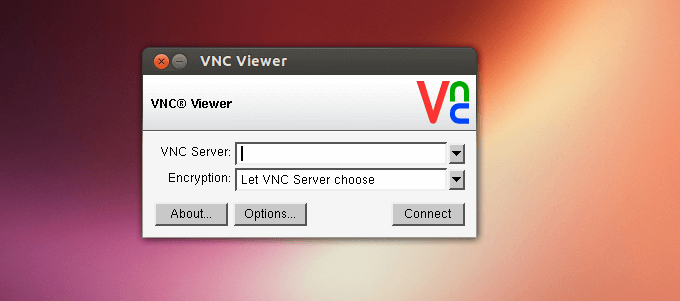
- START VNC SERVER HOW TO
- START VNC SERVER INSTALL
- START VNC SERVER ANDROID
- START VNC SERVER SOFTWARE
- START VNC SERVER PASSWORD
START VNC SERVER HOW TO
How to do that depends on what DE you are using. VNC Viewer transmits the keyboard and either mouse or touch events to VNC Server, and receives updates to the screen in return.

Once you have verified that the above works, you can start the server at the beginning of each user session on the server. VNC is a graphical desktop sharing system that allows you to remotely control the desktop interface of one computer (running VNC Server) from another computer or mobile device (running VNC Viewer).
START VNC SERVER INSTALL
If both client and server are running linux, install tigervnc on both. What DE do you use on the server (the PC that you want to connect to remotely)? What DE do you have on the client (the PC that you are sitting in front of to access the other remotely)? DE could be KDE, Gnome, Cinnamon, XFCE, etc. To do this, edit file ~/.This is going beyond support for a Manjaro issue but let's try. It can be started automatically on VNC server startup. Simplest way to get a working graphical environment is to install Fluxbox:
START VNC SERVER ANDROID
When using Android XServer rather than Android XSDL these are optional. Note that you don't need to set variable "PULSE_SERVER" like application suggests because Termux uses its own Pulseaudio package. The only differences are that you don't have to configure authentication and variable "DISPLAY" should be set like Depending on packages you installed, you may see either entirely black screen or terminal prompt (only if 'aterm' is installed).
START VNC SERVER PASSWORD
You will be prompted for password that you entered on first launch of 'vncserver'.
START VNC SERVER SOFTWARE
You may even put this variable to your bashrc or profile so you don't have to always set it manually unless display address will be changed. VNC Connect is the latest version of our remote access software for personal and commercial use. Finally, to make programs do graphical output to the display 'localhost:1', set environment variable like shown here (yes, without specifying 'localhost'): It means that X (vnc) server is available on display 'localhost:1'.Ĥ. Log file is /data/data/com.termux/files/home/.vnc/localhost:1.log We have to start VNC server with next options: vncserver :1 -geometry 1280x800 -depth 16 -localhost -nolisten tcp The -locahost option will ensure VNC port 5901 is listening only on local interface, the -nolisten tcp option will disable the port 6001(X Server will not listen. Starting applications specified in /data/data/com.termux/files/home/.vnc/xstartup So we will ensure VNC related ports are not accessible on the network. New 'localhost:1 ()' desktop is localhost:1Ĭreating default startup script /data/data/com.termux/files/home/.vnc/xstartupĬreating default config /data/data/com.termux/files/home/.vnc/config If everything is okay, you will see this message: Note that passwords are not visible when you are typing them and maximal password length is 8 characters.ģ. Would you like to enter a view-only password (y/n)? n You will require a password to access your desktops. Now, we have a server up and running on our Ubuntu 20.04 or 18.04 that we want to access remotely. vncserver -localhost no -geometry 800圆00 -depth 24. If you decided to use VNC for graphical output, follow these instructions for properly setting up VNC server.Īt first time, you will be prompted for setting up passwords: Now, start the server with the screen size you want, here we are using 800×600 but you can change as per your need.

To disable this repository, you need to uninstall package x11-repo. It will automatically add appropriate sources.list file and PGP key. You can enable it by running the following command: TigerVNC provides the levels of performance necessary to run 3D and video applications, and it attempts to maintain a common look. X11 packages are available in a separate APT repository. TigerVNC is a high-performance, platform-neutral implementation of VNC (Virtual Network Computing), a client/server application that allows users to launch and interact with graphical applications on remote machines.


 0 kommentar(er)
0 kommentar(er)
